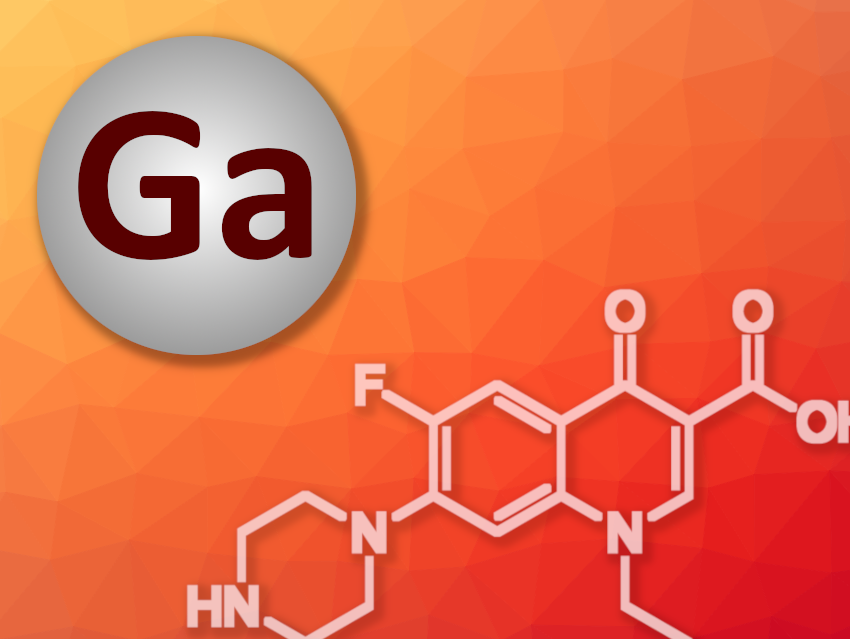Drug-resistant bacteria pose a growing global health threat. Multidrug-resistant Klebsiella pneumoniae, for example, belong to a family of bacteria that have been designated as critical pathogens by the World Health Organization (WHO). There is an urgent need for new antibiotics, but developing those is challenging, and there is a lack of suitable candidates in the pipeline. Modifying existing drugs against which bacteria have become tolerant is one strategy to buy some time until new antibiotics are available. Metal complexes, for example, can sometimes overcome drug resistance.
Philip C. Andrews, Monash University, Melbourne, Australia, and colleagues have synthesized different gallium complexes of the inactive first- and second-generation quinolone antibiotics nalidixic acid (NAD-H), oxolinic acid (OXO-H), and norfloxacin (NOR-H) and tested their antibacterial activity towards multidrug-resistant strains of Klebsiella pneumoniae. The team prepared homoleptic complexes of the type [GaL3] and heteroleptic complexes of the type [GaMe2L], with L = NAD, OXO, or NOR. The homoleptic complexes were prepared from the corresponding antibiotics via a salt metathesis reaction using Ga(NO3)3·9H2O. The heteroleptic complexes were obtained via reactions with GeMe3.
The researchers found that drug-resistant strains of Klebsiella pneumoniae are susceptible to both types of gallium complexes. The heteroleptic dimethyl complexes show higher antibacterial activity than their homoleptic analogues. Protein binding studies led the team to conclude that the two types of complexes act by different mechanisms. Further work on understanding these mechanisms could be useful for drug development.
- Gallium reactivates first and second generation quinolone antibiotics towards drug-resistant Klebsiella pneumoniae,
Tania Sultana, Rebekah. N. Duffin, Victoria L. Blair, Philip Craig Andrews,
Chem. Commun. 2023.
https://doi.org/10.1039/D3CC02916F




